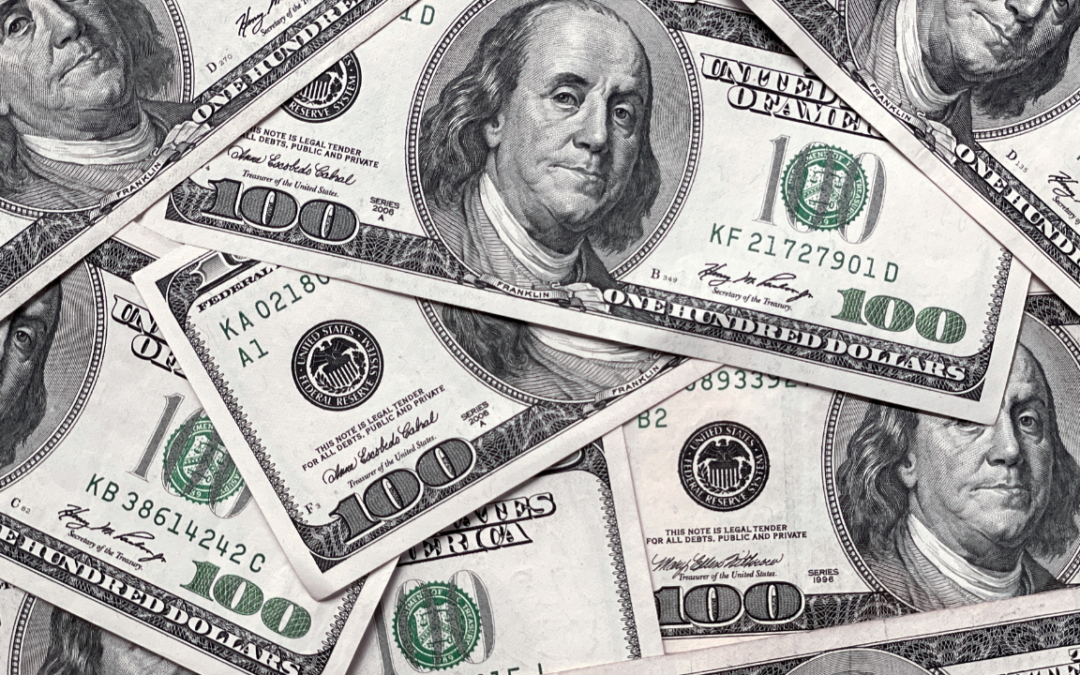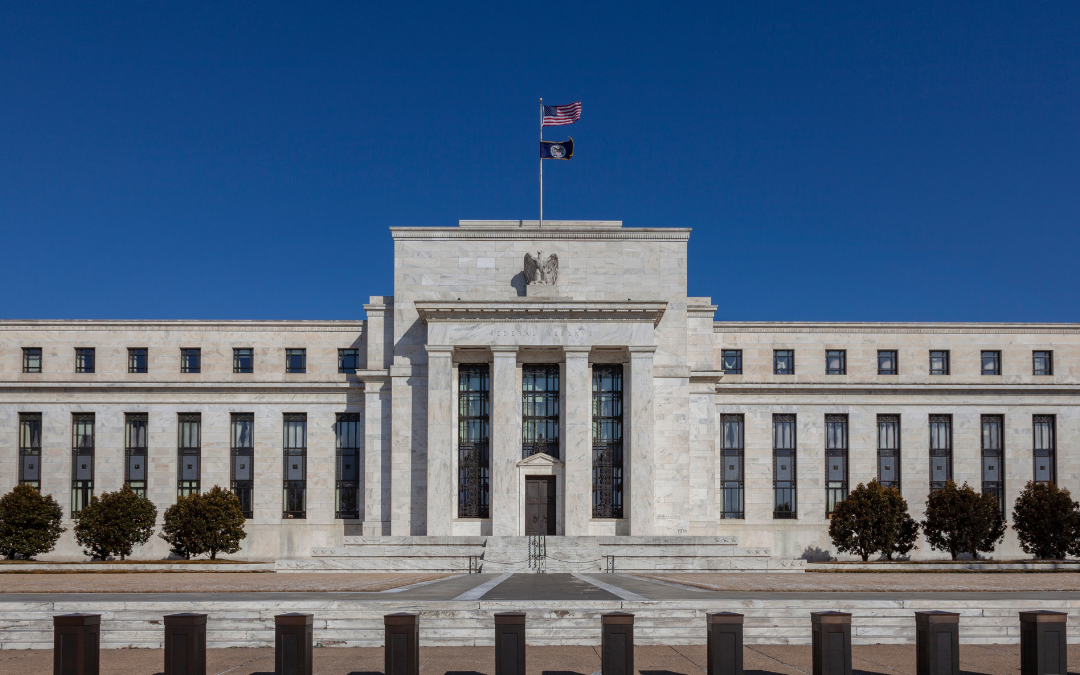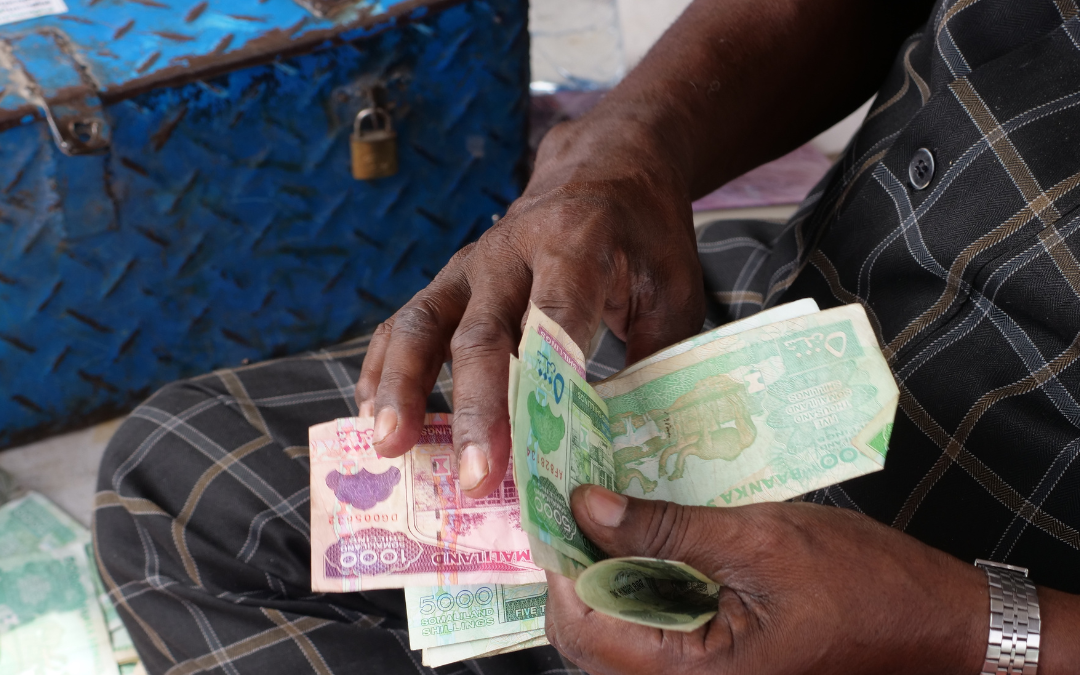Inflation has been falling for decades, dipping in many countries below rates targeted by their central banks. Recently, however, inflation concerns have returned, reflected in soaring gold and Bitcoin prices, and even a modest pick-up in market measures of expected inflation. Might long-dormant inflation suddenly erupt? Is it time to rush into precious metals or cryptocurrencies as alternative stores of value?
Some observers think so. Earlier this month, gold prices notched an all-time record of $2,070 per ounce, before easing back. Gold prices had been gradually rising since early 2016 but have gone on a tear since the novel coronavirus burst onto the scene. Bitcoin prices have also jumped in recent months. US inflation expectations, measured by index-linked bonds, have been ticking up since March.
Interest in inflation has revived following massive and unprecedented fiscal and monetary policy responses to the pandemic and recession. Fears are growing in some quarters that those policies will ultimately lead to the debasement of national currencies accompanied by accelerating inflation.
That’s certainly possible. Much theory and considerable historical experience suggests that monetization of government budget deficits leads to high inflation. But for reasons we argue below, inflation risk remains relatively low, at least for now. Moreover, if inflation returns, it is more likely to afflict emerging and frontier economies than the US, Europe or Japan.
This is the second time in the past dozen years that inflation fears have been stoked. The first was in 2011, in the immediate aftermath of the global financial crisis, when unprecedented monetary expansion pushed gold prices to a then-record high of nearly $1,900 per ounce. Yet in the ensuing years inflation remained quiescent or settled back in most economies, developed and emerging alike.
To makes sense of what happened then, its relevance for today, and to ponder the outlook it is useful to first revisit the links between monetary policy and inflation.
Milton Friedman famously said that ‘inflation is everywhere and always a monetary phenomenon’. Importantly, he did not say that every monetary expansion is inflationary.
To understand why, it is important—with apologies for the technical digression—to recall the equation of exchange, namely that the total amount of money circulating in the economy must equal the total nominal value of spending. More precisely, the stock of money times its velocity of circulation must equal total real output times the aggregate price level. Accordingly, an increase in money will result in a rise in the price level (i.e., inflation) if it is not offset by a decline in circulation (‘velocity’) or is not absorbed by a rise in real output.
In the years immediately following the financial crisis, those who wrongly fretted about inflation overlooked two critical factors. First, financial and economic instability, alongside regulatory changes in the financial sector, spawned a huge demand for liquidity. As individuals, businesses, banks and other financial institutions hoarded cash, the velocity of circulation collapsed. Despite massive asset purchases, central banks initially struggled to supply enough money to meet the surge in its demand. Effectively, the terms on the left-hand side of the equation of exchange were cancelling each other out, with the result that nominal GDP responded only sluggishly to the efforts of central banks to stimulate economic activity.
The second point that inflation worriers forgot was that the collapse of economic activity in 2008-2009 had created swathes of spare capacity in the world economy. It would take years before output gaps closed, meaning that even if money supply exceeded money demand, inflation would be slow to return, requiring first a restoration of full employment.
Today, many of the same features are apparent. Uncertainty caused by the pandemic has spurred money demand. The Federal Reserve recently reported, for example, that despite historically low interest rates, US household borrowing fell in the most recent quarter. That’s remarkable, given that nearly a fifth of US workers were either furloughed or laid off by mid-year, which typically would force many to borrow in order to make ends meet. Instead, savings surged as American reined in their spending.
Similarly, concerns about falling sales and financial instability spurred companies to issue unprecedented amounts of debt without, however, a commensurate increase in their spending. In the US, corporate bond issuance is running at record levels in 2020, with $1.9 trillion of new debt added so far this year. At the same time, business investment spending has slumped, plunging 8.5% last quarter. In short, businesses, like consumers, have opted to increase their reserves of cash to ensure they can meet their obligations.
Meanwhile, output has collapsed by even more than during the financial crisis, bordering on declines last seen during the 1930s. In the US and much of Europe, for example, real output fell by a third or more (at annualized rates) during the second quarter of 2020. Accordingly, output gaps today are larger than they were during the depths of the ‘great recession’ following the 2008 financial crisis.
Still, policy makers have drawn lessons from experience. To minimize precautionary savings and money demand, they have guaranteed debts, increased transfer payments and boosted other forms of income support. Central banks have aggressively expanded money supply. The Fed’s balance sheet has roughly doubled in size since the start of the pandemic (to $7 trillion) while the ECB’s has increased 50% to nearly $7.5 trillion. Together with some normalization of social distancing, these policies have helped to stabilize economic activity, as reflected in recovering manufacturing indices and retail sales, among other indicators.
Nevertheless, the experience witnessed during the financial crisis is instructive for today’s outlook. It may take longer for households and firms to regain confidence. Savings and money demand are apt to remain elevated for as long as pandemic uncertainty lingers. And it will also take several years of uninterrupted economic expansion, with no repeat pandemic outbreaks, before output gaps are sufficiently closed to permit wage and price inflation to accelerate. The IMF, for instance, does not expect aggregate advanced economy output levels to be restored to their pre-pandemic levels before 2022.
Another of Milton Friedman’s insights was the role that expectations play in determining inflation. Workers and firms set wages and prices in part based on what they expect inflation to be. In countries such as Japan or Switzerland, where prices and wages have hardly budged for decades, inflation expectations hover near zero. In recent years, inflation expectations in other advanced economies have fallen below central bank targets (typically around 2%). Once entrenched, low inflation expectations are difficult to change.
The upshot is that the links between money growth and inflation, which Friedman noted were always ‘long and variable’, have become even more so. In advanced economies, the lag between money growth and inflation has almost certainly lengthened in recent decades.
Expectations for low inflation have also been cemented since the 1980s when powerful central bankers such as Paul Volcker, Alan Greenspan or Karl Otto Poehl stamped out high inflation and ushered in an era of credible inflation targeting. Their efforts were reinforced by perceptions, grounded in practice, law or more recently in the case of the ECB, in treaty, that central bankers were independent from political pressures in the delivery of their mandates.
To be sure, efforts have been underway in recent years to chip away at central bank independence, above all by the Trump Administration, which has broken unwritten norms in its criticism of US monetary policy. Still, despite massive government debt purchases by the Fed, the ECB, the Bank of Japan and other central banks this year, advanced economy central banks have been careful to characterize their actions as consistent with their longstanding mandates, including the restoration of full employment and target levels of inflation.
In sum, there are at least four inter-related reasons why inflation is unlikely to surge in advanced economies in the next few years. First, money demand has probably increased and will likely remain elevated as long as pandemic and economic uncertainties persist. Second, large output gaps will be slow to close. Third, inflation expectations are low and remain ‘well anchored’. Fourth, the institutional independence and hence credibility of central banks remains intact.
Where matters may differ, however, is in many emerging and frontier economies. The differences, however, are not primarily due to the nature of their pandemic-related economic and financial shocks. Those, sadly, are every bit as pernicious as elsewhere. Rather, what separates many emerging and frontier economies is their history, their institutions and their openness.
History matters because relatively recent episodes of high inflation in places like Brazil or India linger in collective memory. Institutions matter, because many emerging central banks have not established sufficiently long track records of independence from fiscal or political pressures. And openness matters, because when confidence in monetary policy falters, rapid declines in currency values can lead to surging inflation via rising import prices.
In response to the pandemic, many emerging central banks have slashed interest rates. Budget deficits have widened. Notably, despite the powerful recovery of global equity markets since late March, many emerging currencies—among them the Brazilian real or Mexican peso—languish versus the US dollar well below pre-pandemic levels. If shocks intensify or holders of emerging currencies fret that governments will resort to past behavior of using the central bank as a printing press to cover budget shortfalls, emerging currencies could plunge further. Debasement and its domestic analogue, inflation, could rapidly follow.
Today’s gold and cryptocurrency ‘bugs’ sense that inflation will bring handsome returns. They may want to dust off the works of Milton Friedman. Outside of risks in the emerging economies, they are likely to be in for a long wait if their enthusiasm for alternative currencies is based on the return of high inflation in the US, Europe or Japan.



